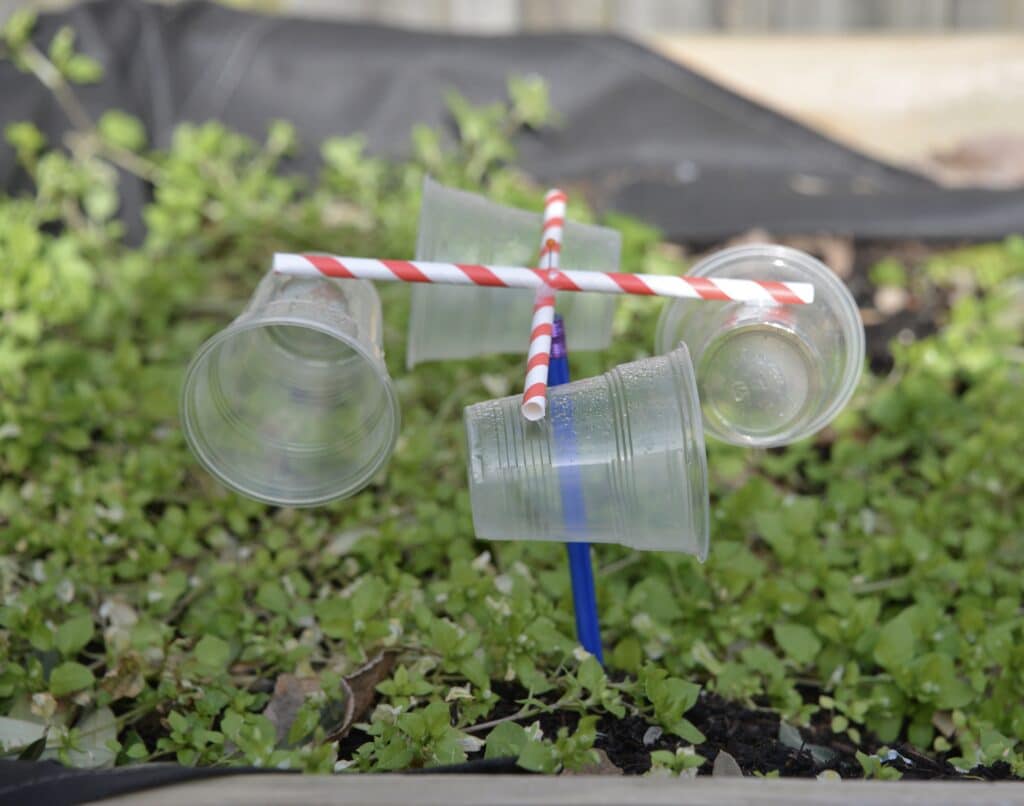Top Functions to Seek in an Effective Anemometer for Accurate Wind Measurement
Top Functions to Seek in an Effective Anemometer for Accurate Wind Measurement
Blog Article
All You Required to Learn About Anemometers: Exactly How They Work, Why They Issue, and Where to Utilize Them
Anemometers, though commonly ignored in the world of clinical instruments, play an important duty in different areas, supplying beneficial insights into wind rate and air movement patterns. Understanding the auto mechanics behind these gadgets is important for anybody looking for to harness the power of this information. From meteorologists tracking weather condition patterns to engineers making structures with wind lots in mind, the applications of anemometers are varied and far-ranging. As we explore the intricacies of anemometer modern technology, we will certainly reveal the internal workings of these gadgets, their value, and the key considerations when choosing the appropriate anemometer for details applications.

Anemometer Fundamentals
A vital instrument made use of to gauge wind rate and direction, the anemometer plays a critical role in meteorology and different markets. An anemometer generally consists of three or 4 cups that revolve in the wind, a vane that directs into the wind, and sensors to track the rotations or activities.
There are various types of anemometers available, including cup anemometers, vane anemometers, hot-wire anemometers, and sonic anemometers, each with its special features and applications. Mug anemometers are generally used for basic wind speed dimensions, while vane anemometers are preferred for directional dimensions.
Concepts of Anemometer Operation
Building on the fundamental understanding of anemometer basics, the concepts of anemometer procedure clarify the mechanics behind wind speed and instructions measurements. Mug anemometers, for circumstances, have 3 or more mugs that catch the wind, causing them to rotate much faster as the wind speed boosts. Hot-wire anemometers depend on a heated cord that cools down as wind passes over it, with the rate of cooling down establishing the wind rate.
Relevance of Anemometers
Anemometers play an essential role in measuring wind speed and direction, providing important data for weather condition projecting, climate studies, environmental monitoring, and air travel procedures. Meteorologists count on anemometers to collect exact wind information, helping them understand weather patterns, predict storms, and issue timely warnings to the public. Wind ranch drivers utilize anemometers to examine wind problems and optimize electricity production from wind generators.
Applications Across Various Industries
In the renewable power market, anemometers play a critical function in analyzing wind problems for wind ranch positionings, ensuring optimal energy production. Industries like building and mining use anemometers to keep an eye on wind speeds, critical for safety protocols, especially when working at heights or in open-pit mines where strong winds can pose threats. In agriculture, anemometers help farmers in handling crop splashing by offering real-time information on wind speed to avoid drift.

Choosing the Right Anemometer for Your Demands
For basic functions, a cup anemometer is suitable for gauging wind rate, while a vane anemometer gives wind direction data. Hot-wire anemometers are excellent for low airspeed dimensions, and ultrasonic anemometers click this supply high precision and resilience.

Verdict
In verdict, anemometers play a vital role in gauging wind rate and direction across numerous markets. It is essential to take into consideration the significance of anemometers in order to make educated choices when picking the most appropriate tool for gauging wind conditions.
There are various types of anemometers readily available, consisting of cup anemometers, vane anemometers, hot-wire anemometers, and sonic anemometers, each with its special attributes and applications. Mug anemometers are commonly utilized for fundamental wind rate dimensions, while vane anemometers are favored for directional measurements. Hot-wire anemometers are appropriate for reduced airspeeds, and sonic anemometers are excellent for high-precision measurements redirected here in study and commercial setups.Structure on the fundamental understanding of anemometer basics, the principles of anemometer operation illuminate the technicians behind wind rate and instructions dimensions. For a fantastic read basic objectives, a mug anemometer is appropriate for measuring wind speed, while a vane anemometer offers wind direction data.
Report this page